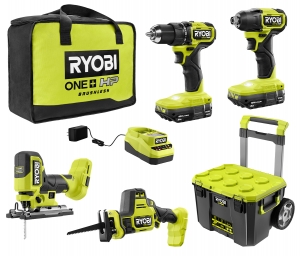How I Got My Best Yard Ever

This post is sponsored by Husqvarna. The opinions and recommendations are my own.
A few weeks ago, I said I was going to get serious about my spring lawn care. This is the time of year when I set my lawn up for the entire season. For the most part, this means proper feeding, effective weed control and mowing and trimming in ways that keep things looking good while encouraging healthy growth.
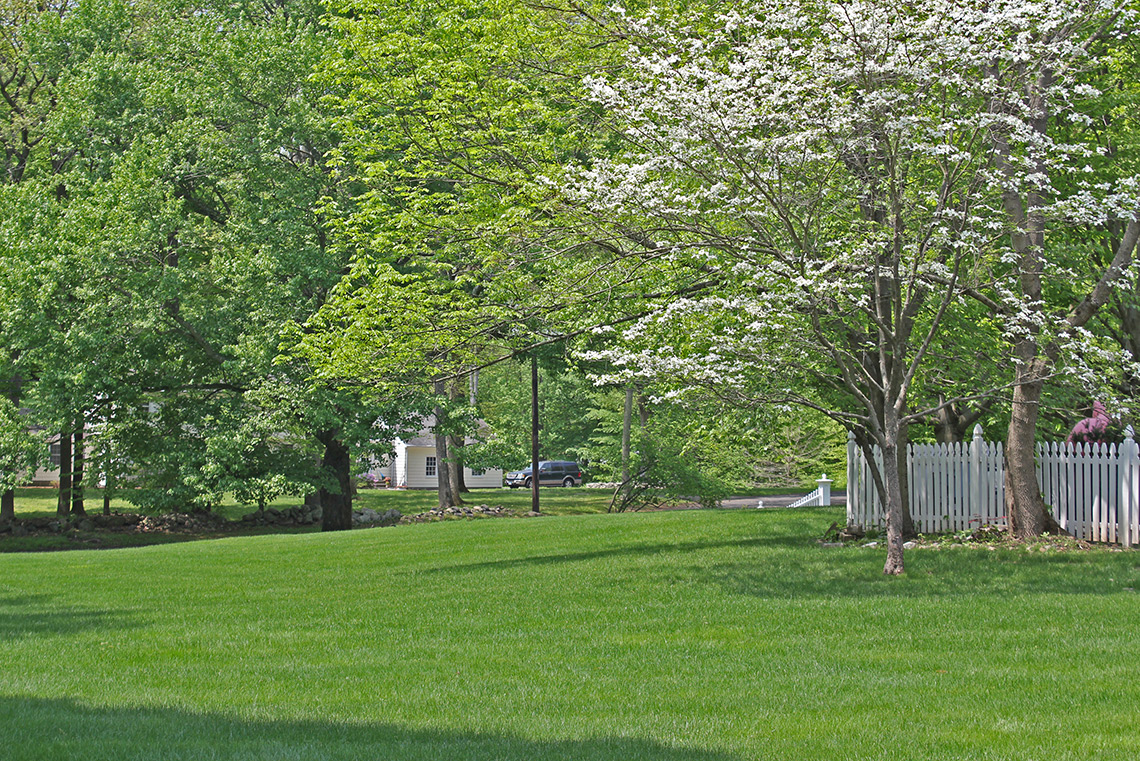
Thank You, Mother Nature
Unquestionably, I got a significant helping hand this year from Mother Nature. Warm weather and soaking rains gave my grass and plants a real jump start. After the weeding, feeding and spot over-seeding there wasn’t a lot to do, except manage the growing.
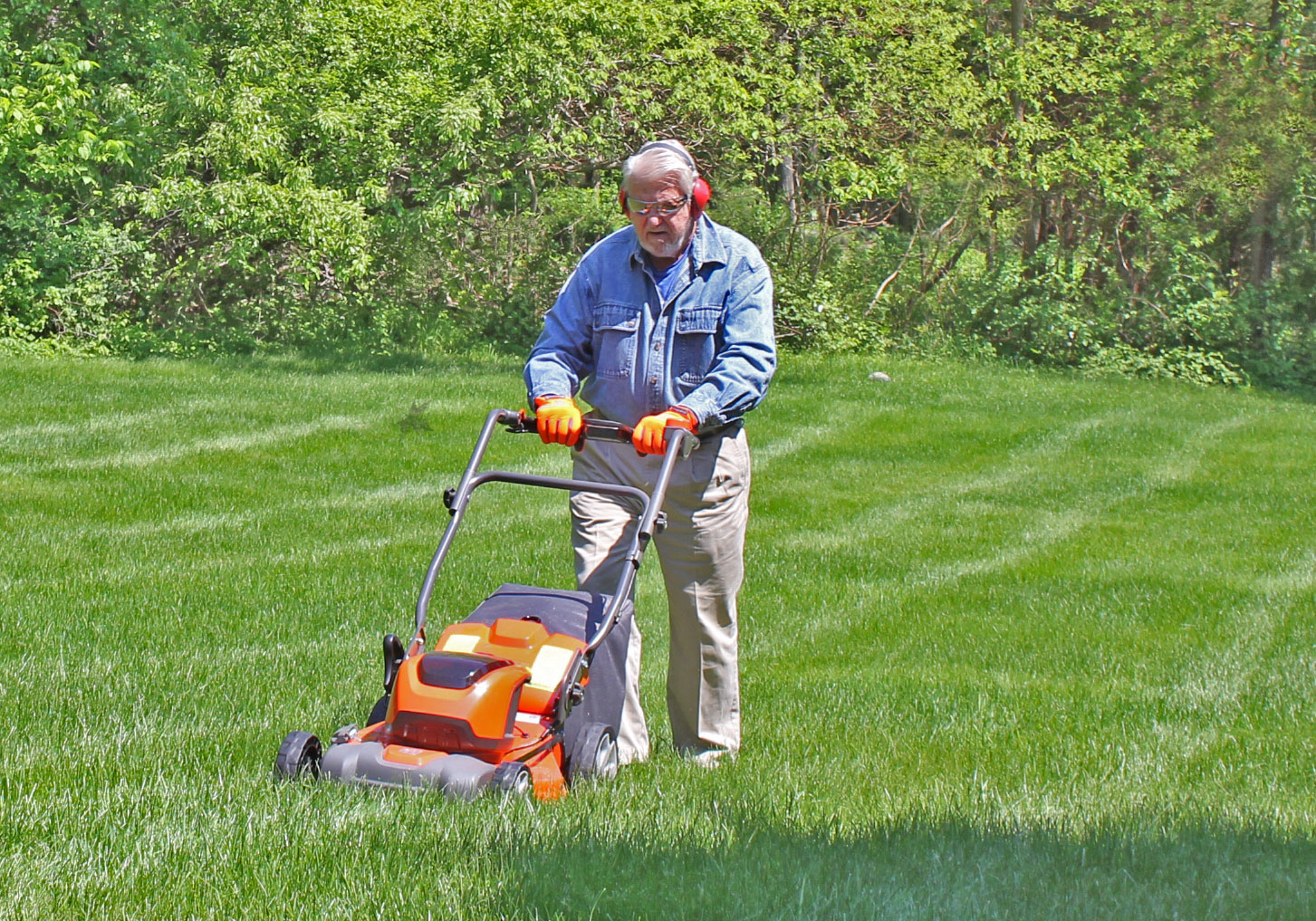
Going Electric
Keeping my grass at optimum height and cutting it without unnecessary damage, were key during the past few weeks. This year, I decided that my yard equipment would be all electric. There were several reasons for this. First, I wanted to avoid interrupting the tranquility of spring with the blaring noise of gas motors. After all, I thought, if I can get good results without the racket, why not? Second, I like the idea of eliminating fumes and vapors; quite honestly, I prefer the smell of flowers and cut grass. Third, I think an all-electric approach will be more convenient, eliminating re-fueling and trips to the gas pump.
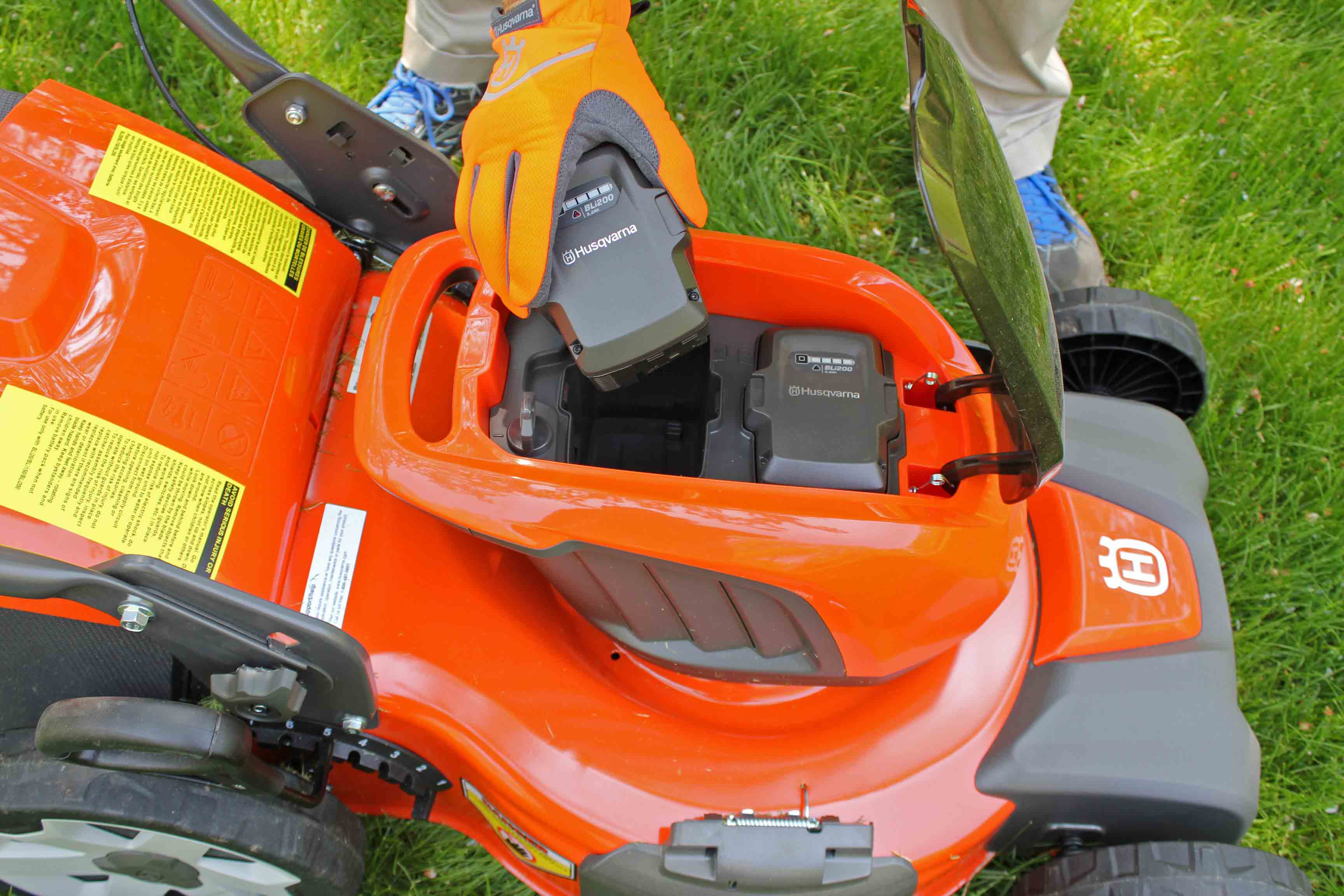 Can Batteries Make the Grade?
Can Batteries Make the Grade?
I did, though, have two questions: (1) can batteries give me the power I need (I have a rather large lawn with a slight grade) and (2) what kind of runtime will they give me? The mower I used was a self-propelled Husqvarna model that draws its power from dual 40-volt lithium-ion batteries. I found there was ample power to negotiate the modest incline in my backyard. Although I didn’t conduct my own test, Husqvarna says runtime varies with conditions (grass height, slopes, degrees of wetness, etc.) but averages 45 minutes to an hour on a full charge.
Cutting – How Often, How Much?
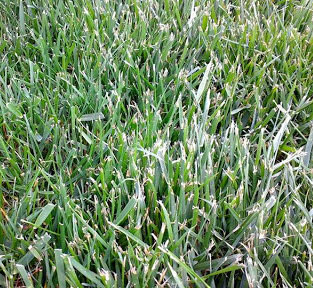 Grass tends to be fast-growing in the spring when conditions are usually ideal. That means more frequent mowing. The question is, how much to cut off at one time? I like to keep my grass at between 2 ½ and 3 inches high. When mowing, though, it’s important to remove no more than 1/3 of the grass blade – removing more can put the plant into shock. So, I usually let my grass grow to about 3 ½ inches, then cut it down to 2 ½ inches (which is approximately one-third). The grass height, in other words, tells me when to mow.
Grass tends to be fast-growing in the spring when conditions are usually ideal. That means more frequent mowing. The question is, how much to cut off at one time? I like to keep my grass at between 2 ½ and 3 inches high. When mowing, though, it’s important to remove no more than 1/3 of the grass blade – removing more can put the plant into shock. So, I usually let my grass grow to about 3 ½ inches, then cut it down to 2 ½ inches (which is approximately one-third). The grass height, in other words, tells me when to mow.
Keep Blades Sharp
It’s important to keep the mower blade sharp. Dull blades can tear, shred and bruise grass leaves instead of cutting them cleanly. These frayed leaves turn brown and then white, making the lawn look dried out and scruffy.
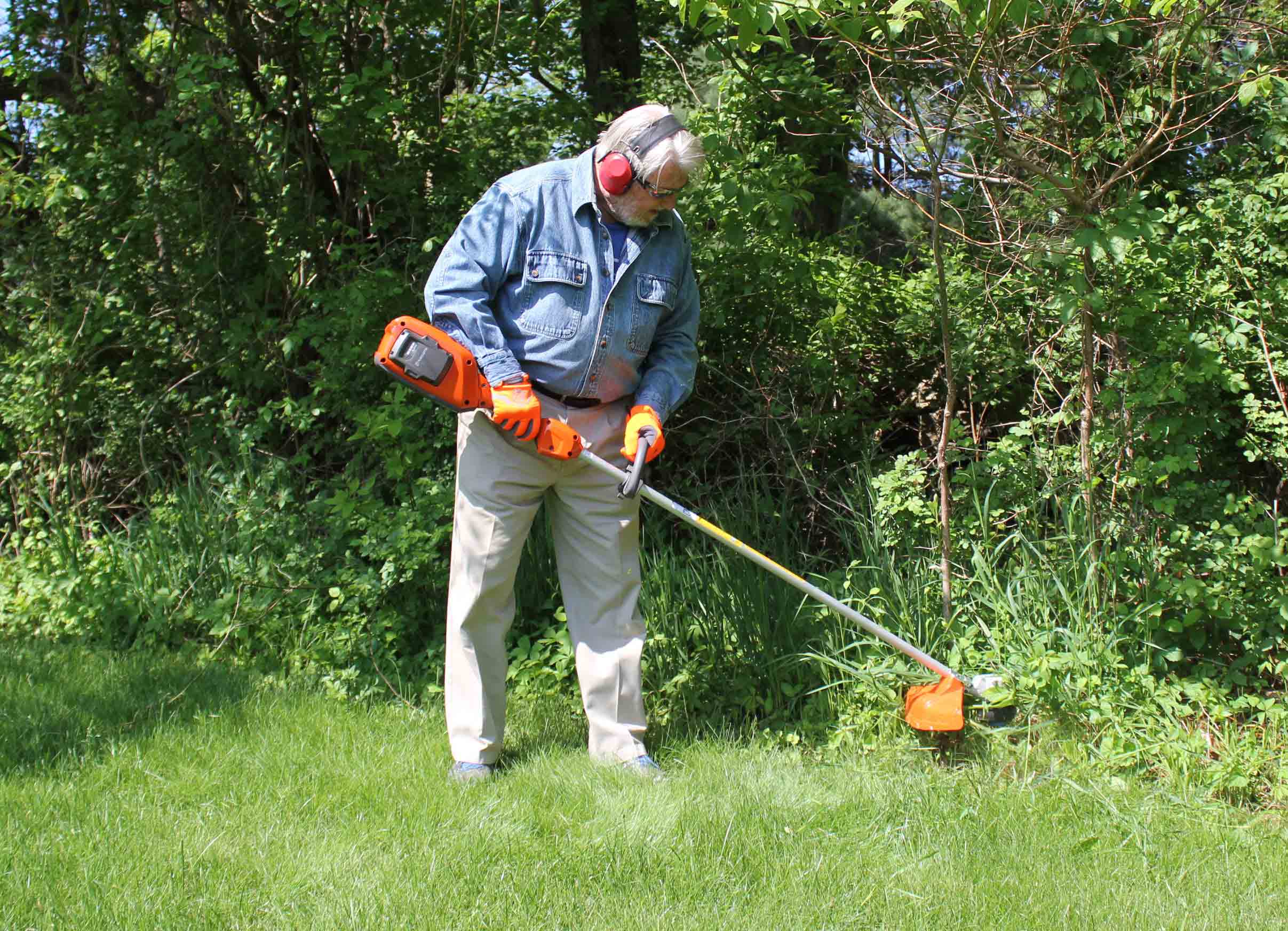
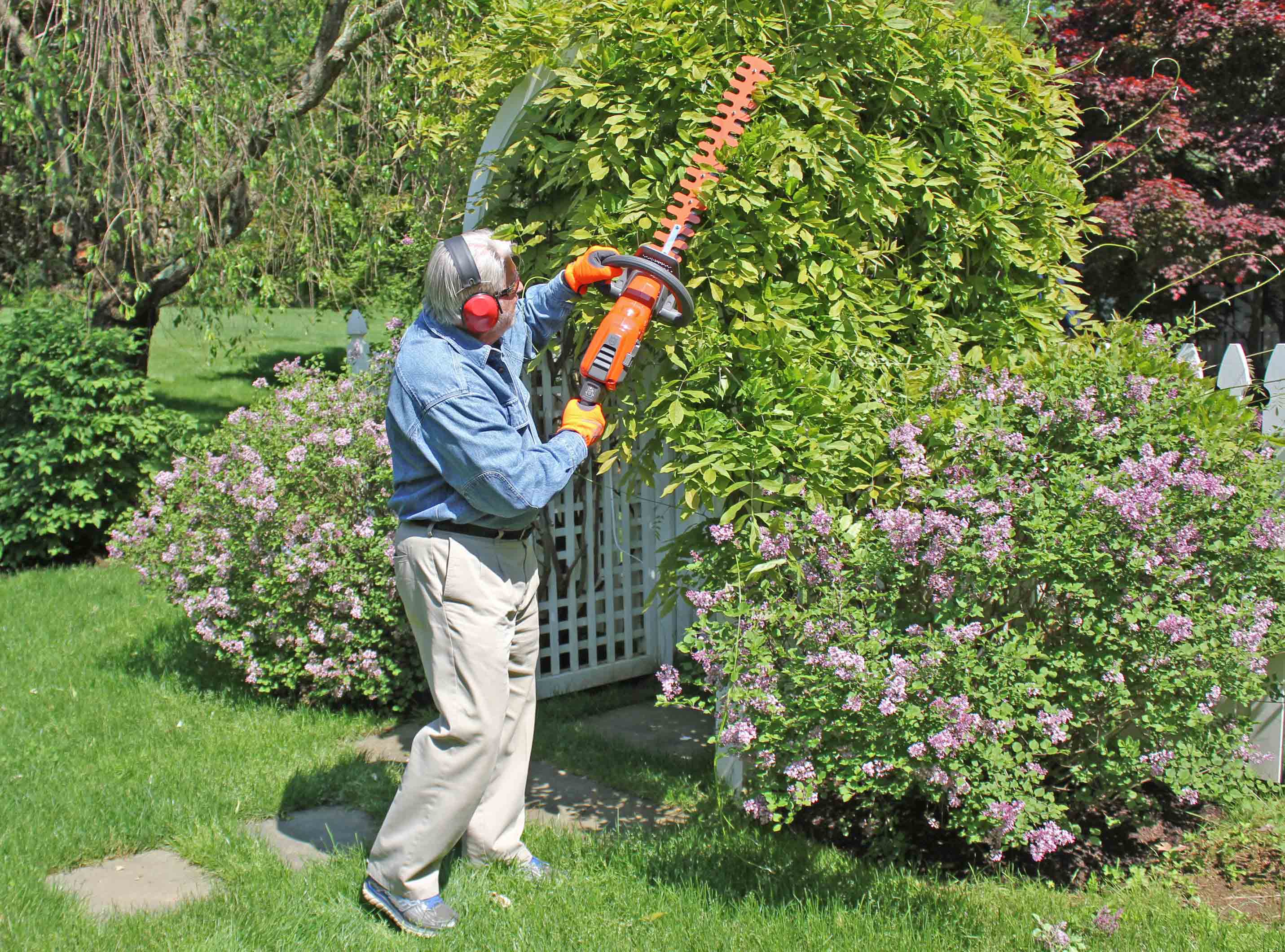
More Than Just Grass
Now, healthy, well-manicured grass is key part of a vibrant, good-looking yard. However, trimming around flower beds, borders, fences and other objects is also important -- as is, pruning and shaping shrubs, bushes and ornamental plants. Here’s where string trimmers and hedge trimmers come into play. Once again, I opted for electric. Not only are these battery-operated yard tools quiet and fume-free, they’re also lightweight and comfortable to use, with power to spare.
 Let the Battle Begin
Let the Battle Begin
Ron Hazelton is battling with several other home and garden influencers for the title of most improved spring yard. If you like what you see, cast your ballot in our direction by visiting yardwars.familyhandyman.com. You'll also have the opportunity to enter a sweepstakes for a chance to win a Husqvarna Automower 450X! See official rules at yardwars.familyhandyman.com.
Recommended Articles

The How’s and Why’s of Upgrading a Central AC System
A step-by-step video demonstration showing removal and replacement of a central air conditioning system. Includes advantages of new, state-of the-art AC systems.

If You’ve Got a Project That Involves Demolition, You’ll Want to Know About This Tool.
I try out a new tool designed and engineered to do one task exceptionally well -- demolition.
